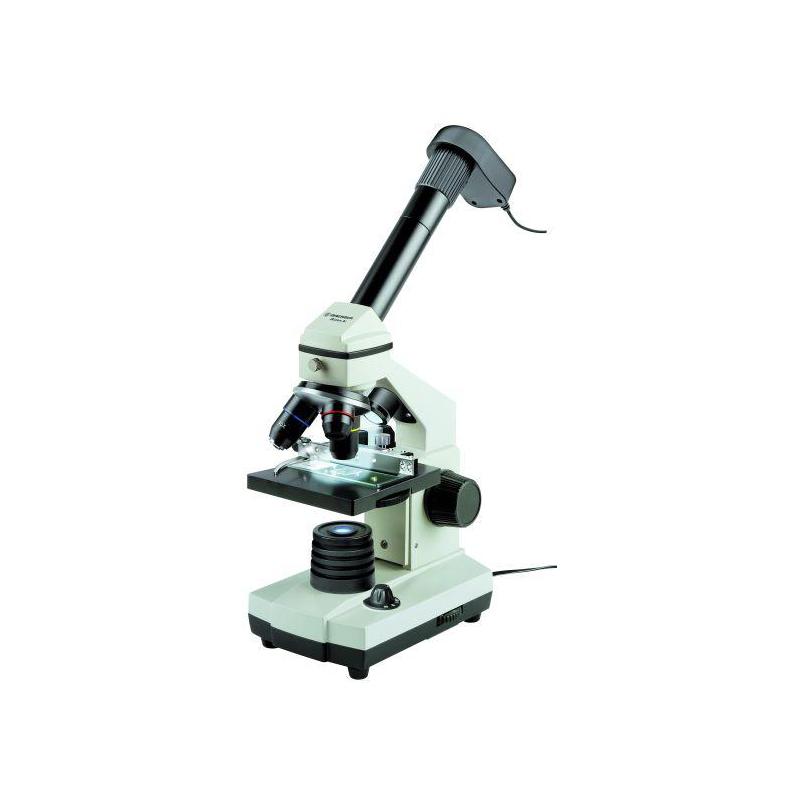Microscope For Kids
AMSCOPE-KIDS M30-ABS-KT2-W Microscope Kit with Metal Arm and Base, 6 Magnifications from 20x to 1200x, Includes 52-Piece Accessory Set and Case, Awarded The 2016 Top. Wiso Mein Geld 2014 Keygen Photoshop. Kids' Microscopes. Showing 40 of 112. Product - Juniorscope, The Ultimate Kids Microscope Awarded 2016 Top 5 Ranking Best Kids Microscope By Top Ten Reviews. Choose from the wide variety of Microscopes available and get free shipping when you buy online at BestBuy.com.

Nothing will whet a child's appetite for science like peering into teeny-tiny worlds with a microscope. And nothing will quash their interest like a cheap plastic toy that reveals nothing. Buying a kid a microscope, then, requires a little bit of care. 'You do want to spend a little bit more to get an actual metal, real-lens,' said Bev DeVore-Wedding, a science teacher at Meeker High School in Meeker, Colo., and a member of the board of directors of the National Science Teachers Association.
Plastic microscopes can't handle the use a kid will put them through, DeVore-Wedding told Live Science, and plastic lenses can't provide as good an image as real glass — they don't focus well and warp easily. For the best image, choose a microscope with a light source instead of one that uses mirrors. You'll also want to look for the DIN standard of 160, which should be included in the microscope's specs and etched into the objective, which is the cylinder that holds the lens. You can skip fancy extras such as oil-immersion objectives, which are too complex for junior scientists and unnecessary for the kind of exploration a child will do. 'Keep it simple,' DeVore-Wedding said.
Beyond these basics are other decisions: Stereo or compounding? Binocular or monocular? A binocular microscope has two eyepieces and a monocular just one. Two might seem better than one, but for kids' close-set eyes, adjusting the binocular lenses can be difficult, DeVore-Wedding said. A monocular microscope may suit little eyes better. Stereomicroscopes, sometimes called dissecting microscopes, have relatively low magnification and allow viewing of solid objects.
These are easy to use and require no complicated slide presentation — plop a leaf or insect under the lens and you're good to go. Komatsu Excavator Owners Manual. Stereomicroscopes can be a good option for younger kids, who may not have the patience for sample preparation. Compound microscopes are high-powered and use light transmitted through the sample for viewing. A number of microscopes (called dual microscopes) can be used both as stereo or compound microscopes.
And don't just stop at standard microscopes if you're looking to get a child passionate about science. Microscopy isn't just an indoor activity, DeVore-Wedding said. Many companies sell lightweight, handheld field microscopes for under $20, a good option if you want to be sure your child is interested before shelling out a large sum. Photographer wannabes can even buy that fit over a smartphone camera lens, allowing for picture taking at 15X magnification. Live Science's parent company Purch has a lab in Utah where we tested kids' microscopes for quality, ease of use and fun extras (like Petri dishes and stains). These picks are on the affordable end of the spectrum, so more serious users will want to check out more expensive models.
********** #1 My First Lab Duo-Scope Microscope. My First Lab Duo-Scope microscope. Credit: C&A Scientific Made by C&A scientific, the My First Lab Duo-Scope Microscope works as a compound microscope (with light shining from below) or a stereomicroscope (with light shining from above). The lenses are glass, so as to magnify with clarity, and the kit that comes with the scope is stocked with several prepared slides, empty slides, covers and labels for the do-it-yourselfer, forceps, Petri dishes and more. As with other microscope models, parents will have to encourage a do-it-yourself aesthetic or shell out separately for prepared slides. Few microscopes come with a large prepared slide library, and the My First Lab Duo-Scope has only four.